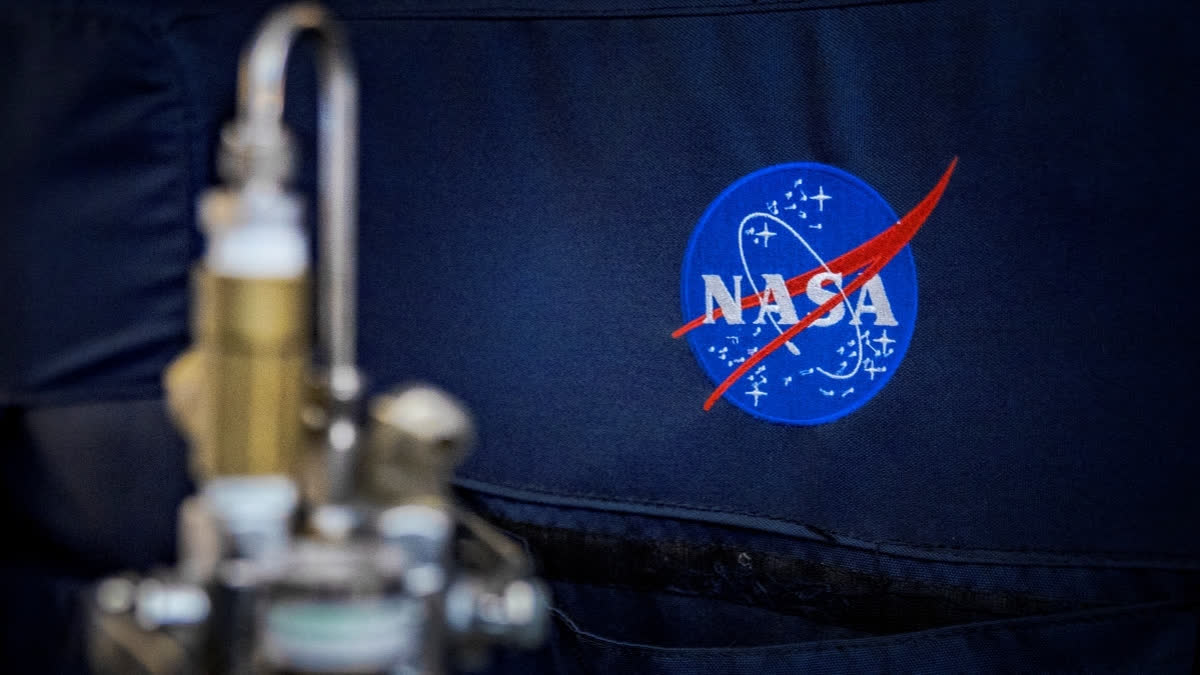Cape Canaveral (US):A spacecraft blasted off Monday to investigate the scene of a cosmic crash. The European Space Agency's Hera spacecraft rocketed away on a two-year journey to the small, harmless asteroid rammed by NASA two years ago in a dress rehearsal for the day a killer space rock threatens Earth. Launched by SpaceX from Cape Canaveral, it's the second part of a planetary defence test that could one day help save the planet.
The 2022 crash by NASA's Dart spacecraft shortened Dimorphos' orbit around its bigger companion, demonstrating that if a dangerous rock was headed our way, there's a chance it could be knocked off course with enough advance notice. Scientists are eager to examine the impact's aftermath up close to know exactly how effective Dart was and what changes might be needed to safeguard Earth in the future.
"The more detail we can glean the better as it may be important for planning a future deflection mission should one be needed, University of Maryland astronomer Derek Richardson said before launch. Researchers want to know whether Dart short for Double Asteroid Redirection Test left a crater or perhaps reshaped the 500-foot (150-meter) asteroid more dramatically. It looked something like a flying saucer before Dart's blow and may now resemble a kidney bean, said Richardson, who took part in the Dart mission and is helping with Hera.
Dart's wallop sent rubble and even boulders flying off Dimorphos, providing an extra kick to the impact's momentum. The debris trail extended thousands of miles (more than 10,000 kilometers) into space for months. Some boulders and other debris could still be hanging around the asteroid, posing a potential threat to Hera, said flight director Ignacio Tanco.
We don't really know very well the environment in which we are going to operate, said Tanco. "But that's the whole point of the mission is to go there and find out. European officials describe the $400 million (363 million euro) mission as a crash scene investigation. Hera "is going back to the crime site and getting all the scientific and technical information, said project manager Ian Carnelli.
